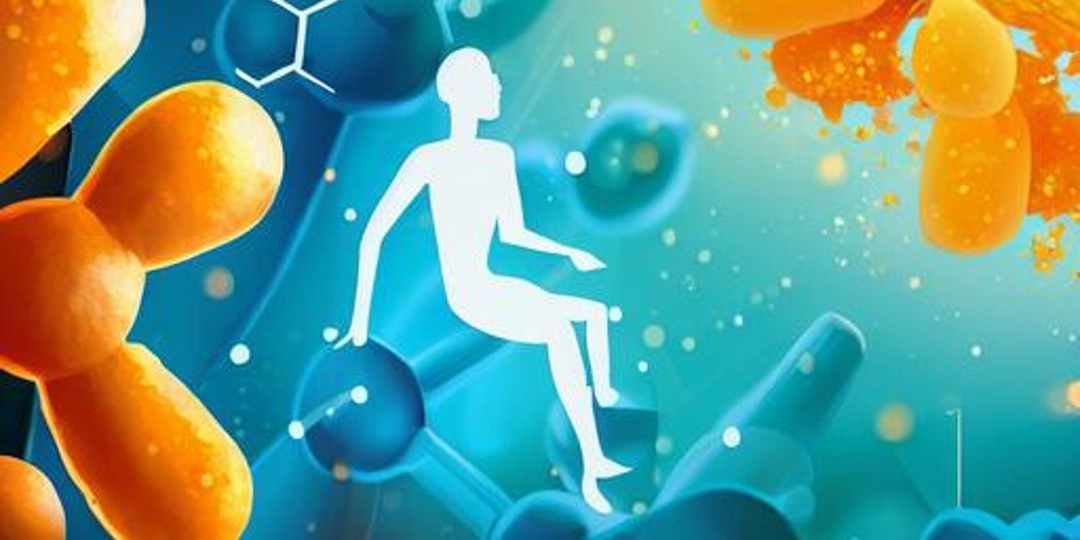
This article is about the results of research on synergic in vitro and in vivo effects of combining POLYDATIN and CURCUMIN with standard therapeutic treatments for GLIOBLASTOMA.
These and other results have been discussed, by the ARTOI Foundation and the Italian National Council of Research (CNR) at a recent public event in Rome and will be shown in a more exhaustive way at the ICIM Congress on September 2023, but we’d like to preview a bit of them here and in the previous article.
In this case, researchers from Italian institutional Organizations, along with ARTOI physicians and specialists, have embarked on multiple fronts to study and investigate the potential advantages that patients with GBM may experience with a combination of classic therapeutic treatment and integrated treatment with POLYDATIN and CURCUMIN.
Although chemotherapy has a long history of inefficacy as a treatment for glioblastoma (the PCV regimen has only 1-year overall survival), a large European-Canadian randomized clinical trial (EORTC 26981/22981 study) has demonstrated clear benefits of adding the new chemotherapeutic agent, temozolomide (commercially known as Temodar in the United States and Temodal elsewhere in the world), to standard radiotherapy treatment (median survival was 14.6 months).
The two-year survival rate was 27% for patients receiving temozolomide compared to 10% for those receiving radiation alone.
The difference in survival rates between the two treatment conditions was:
16.4% versus 4.4% after three years
12.1% versus 3.0% after four years
9.8% versus 1.9% after five years.
The aim of the studies is to validate the beneficial actions of the two well-known natural substances (CURCUMIN and POLYDATIN), but in this case, more specifically by combining them with temozolomide and radiotherapy.
An initial study conducted by ARTOI Foundation President, Dr. Massimo Bonucci, showed that a group of 60 patients with GBM, treated with the classic treatment in combination with the integrated one, achieved a median overall survival of 41.6 months. Furthermore, the group achieved a one-year survival rate of 65.0%.
Functional MRI reevaluation of long-term survival cases was also performed, revealing promising indications of reduced inflammation due to the combined therapy.
A second study, conducted in collaboration with the CNR Institute of Translational Pharmacology and the ISS Italian National Institute of Health, aimed to investigate possible synergic effects of treatment with curcumin and polydatin with ionizing radiation. In parallel, cell cycle measurements and micronucleus tests were conducted.
The results are preliminary, but nevertheless, they have shown a potential synergistic effect of both curcumin and polydatin administration during radiation treatment on GBM cell lines LN18 and U87. This result was highlighted by radiosensitivity with curcumin and by increased DNA damage in tumor cells.
Stay tuned for the next findings, and if you’re interested in scientific evidence of Integrative Medicine don’t miss the opportunity to attend ICIM 2023, because these and many other topics will be covered in depth.